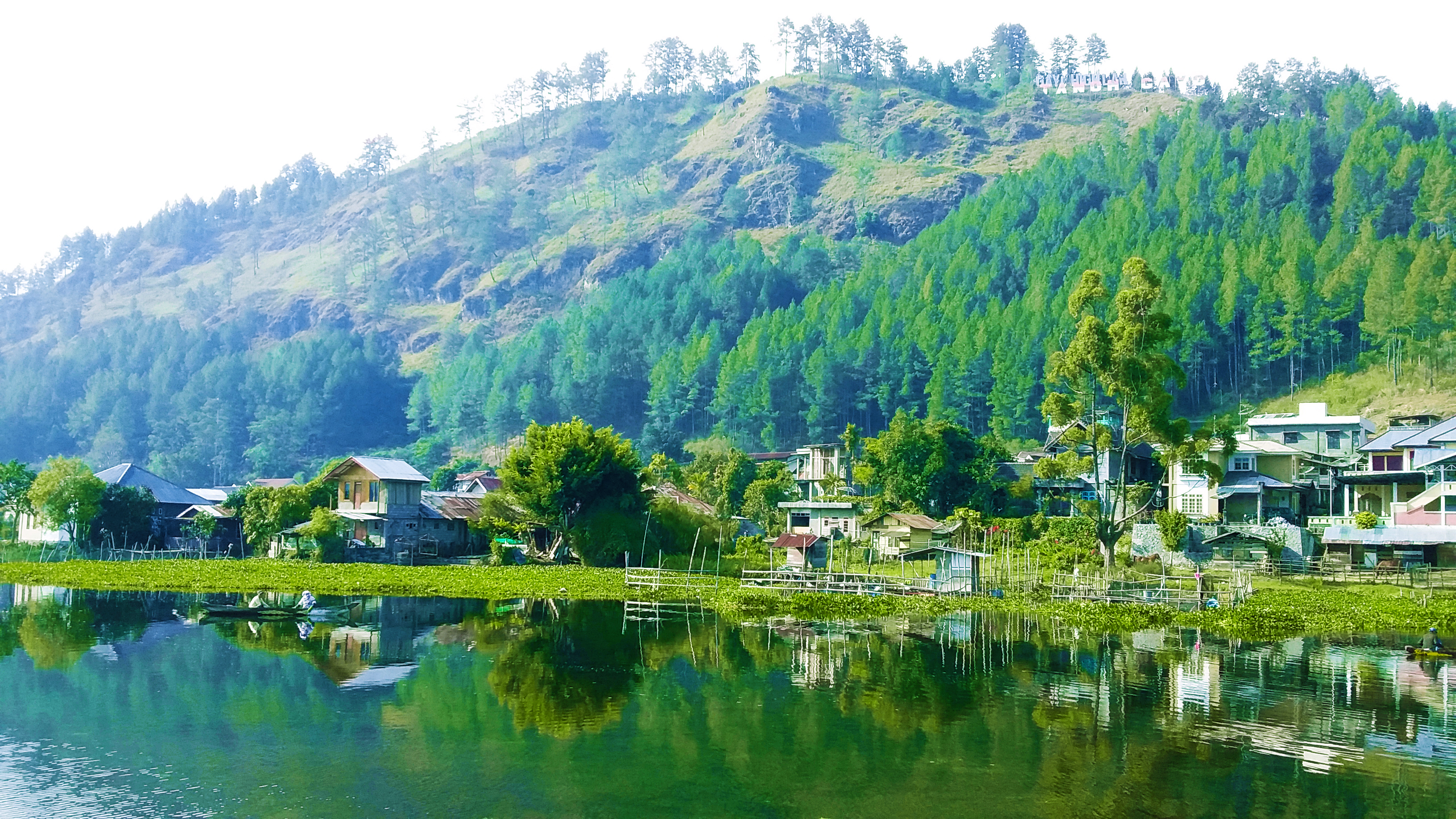|
Rasbora Tawarensis
''Rasbora tawarensis'', locally known as depik, is a critically endangered species of cyprinid fish. It is endemic to Lake Laut Tawar in Indonesia, where its population is rapidly decreasing due to ecological disturbances, global warming, introduced species, unlawful fishing practices, and pollution. Description There are approximately 60 species of ''Rasbora'' fish that have been described worldwide, one being ''Rasbora tawarensis'', or depik. It is a freshwater fish that lives in small rivers, lakes, peat swamps, and rice fields. Depik characteristics are generally similar to Anchovy, anchovies: it has a small and oval body, a black back, and a white belly. In addition to resembling anchovies, depik is also similar to Relo (''Rasbora tawarensis'') and Eas (''Resbora argyrotaenia''), which are common to Lake Laut Tawar. These three species have similarly small bodies, but different colors; the depik's body is softer and the eyes are smaller compared to the other two species. ... [...More Info...] [...Related Items...] OR: [Wikipedia] [Google] [Baidu] |
Max Carl Wilhelm Weber
Max Carl Wilhelm Weber van Bosse or Max Wilhelm Carl Weber (5 December 1852, in Bonn – 7 February 1937, in Eerbeek) was a German-Dutch zoologist and biogeographer. Weber studied at the University of Bonn, then at the Humboldt University in Berlin with the zoologist Eduard Carl von Martens (1831–1904). He obtained his doctorate in 1877. Weber taught at the University of Utrecht then participated in an expedition to the Barents Sea. He became Professor of Zoology, Anatomy and Physiology at the University of Amsterdam in 1883. In the same year he received naturalised Dutch citizenship. His discoveries as leader of the Siboga Expedition led him to propose Weber's line, which encloses the region in which the mammalian fauna is exclusively Australasian, as an alternative to Wallace's Line. As is the case with plant species, faunal surveys revealed that for most vertebrate groups Wallace’s line was not the most significant biogeographic boundary. The Tanimbar Island group, and ... [...More Info...] [...Related Items...] OR: [Wikipedia] [Google] [Baidu] |

